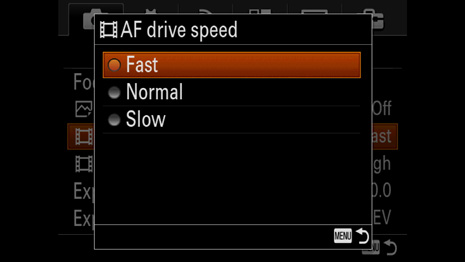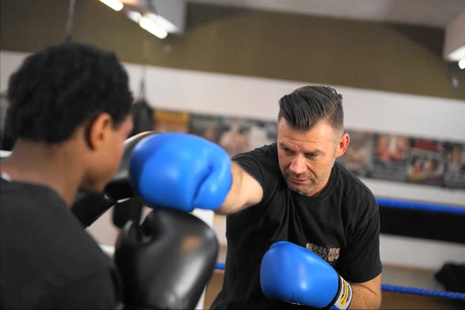Practice 7 Practice Guide for movies (ILCE-7RM2 only)
Of course one of the most requested features of any modern camera is a highly responsive autofocus system that is capable of moving the lens elements as fast as possible to a new focus position. However, features and operations that are the most desirable in still image photography are not always the best choices when setting the camera to Movie mode to capture video clips with the most attractive look.
The ILCE-7RM2, being both a high-level still image as well as movie-recording camera, offers you dedicated settings to optimize the AF operation based on the specific requirements of your shoot, whether it is photography or cinematic movie recording.
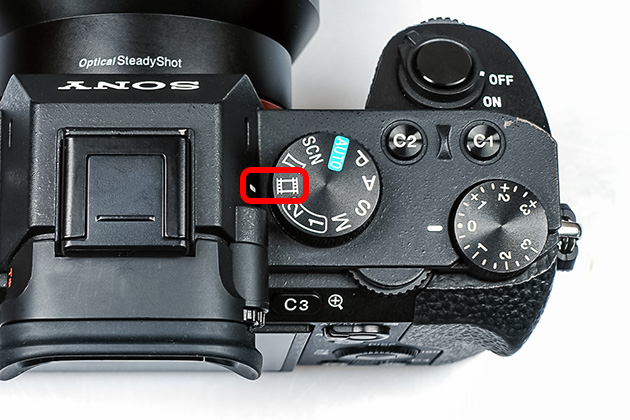
Functions described in this page, AF Tracking Sensitivity and AF Drive Speed, are only available in Movie mode. They do not affect the settings for still images.
Tracking subjects ignoring obstacles at the front – AF Tracking Sensitivity
Here we describe how to customize your camera's AF settings to track a subject while ignoring obstacles that might come in front of the subject and cause focus being lost on the main subject.
In the sample movie below, a woman riding a horse along a forest track was recorded. To keep the main subject in focus during the clip, the AF area was set to center spot focus, but occasionally the horse was hidden behind a tree in the foreground while the camera panned with the movement.
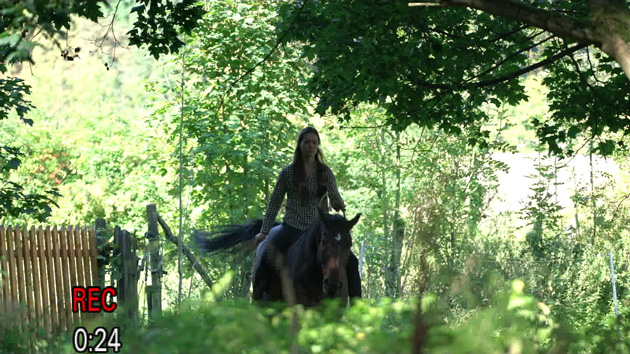
Having the camera instantly react to this new target in the AF area would cause a very unpleasant focus shift, because the camera would instantly focus on the tree in the foreground and then back to the riding woman when the tree no longer hides the horse. There is also the risk of losing focus intermittently when the main subject is not covered by the set AF area.
By setting the AF Tracking Sensitivity to [Normal], the photographer/camera operator was able to record the scene with a constant focus on the main subject.
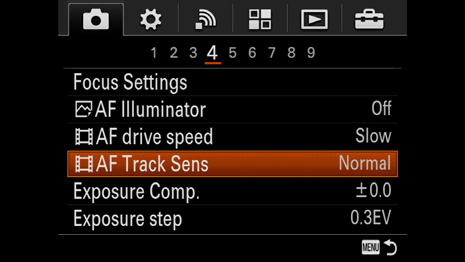
Tutorial Video
Sequence with the AF Tracking Sensitivity set to [High]:
The camera instantly focused on the tree in the foreground when it was covered by the active AF area. Focus was lost on the main subject in the background, and while the camera was panning with the moving subject, the focus had to be established anew, which might be distracting or even fail temporarily when the distance between the obstacle and the main subject is too large.
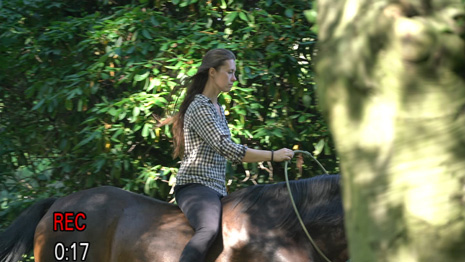
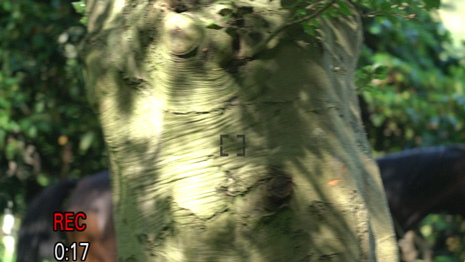

Sequence with the AF Tracking Sensitivity set to [Normal]:
Even with the obstacle blocking the main subject completely, the camera kept the focus instead of re-focusing, thus enabling the camera to keep the main subject in focus when it re-entered the frame.
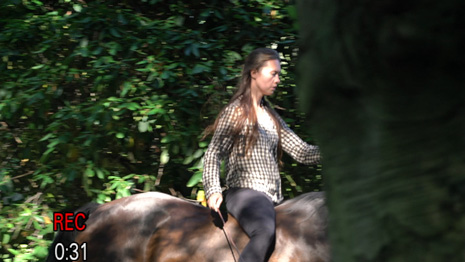
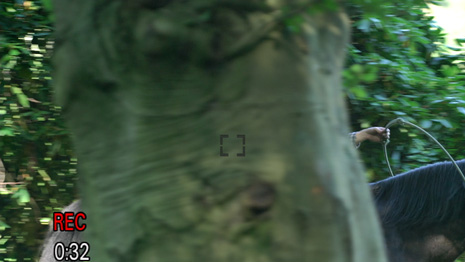
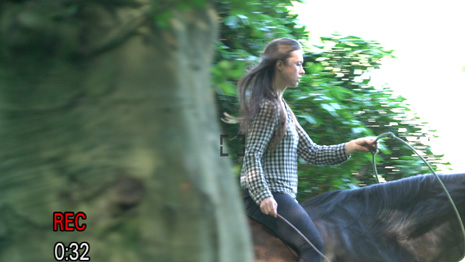
The ILCE-7RM2 allows you to choose the ideal AF Tracking Sensitivity setting when shooting movies, in order to respond better to different situations, such as when shooting a fast-moving subject or when shooting a scene in which there are many objects that can distract the AF system.
The camera also allows you to customize AF Drive Speed as described in the next section. By trying out different combinations of the two settings for AF Tracking Sensitivity and AF Drive Speed, you can customize the AF system to match the requirements of the specific scene and the motion characteristics of your subjects.
Focus Lock in Movie Mode
Focus Lock in Movie mode can be performed on the currently selected focus area. The focus will stay locked as long as the shutter button is halfway pressed. Some lenses are equipped with a focus hold button to lock the focus. This button can also be configured in the desired way in the custom settings of your camera.

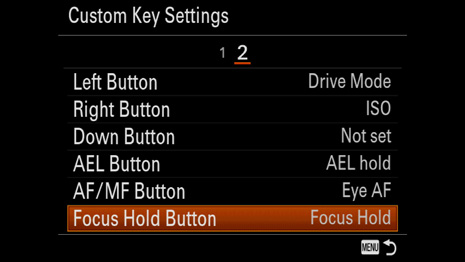
Creating impressive effects using focus transition - AF Drive Speed
By setting AF Drive Speed based on your subject, you can reduce or increase focus shift and create different image expressions.
The typical kinds of scenes where smooth focus transitions are preferable are movies with a long, slow pan over a scenic view, nice landscapes or portraits. In such settings, a rapidly engaging AF drive would be disturbing and distracting, causing an overall unpleasant look that does not match the content of the scene. By setting AF Drive Speed to [Slow], you can achieve a smooth focus transition that is performed almost without drawing attention to it.
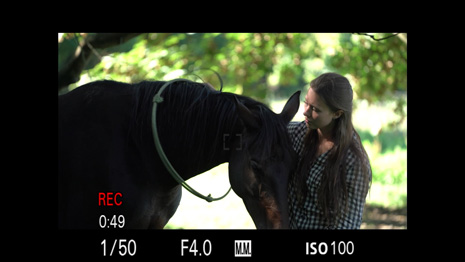
Creating attractive focus transitions requires great skill, and in professional movie productions where everything has to be set manually, a special operator called focus puller handles this task.
On the other hand, there are occasions where a fast-responding AF drive is essential for capturing footage that is in focus all the time. When shooting sports, or generally a fast moving subject, the setting [Fast] is recommended.
